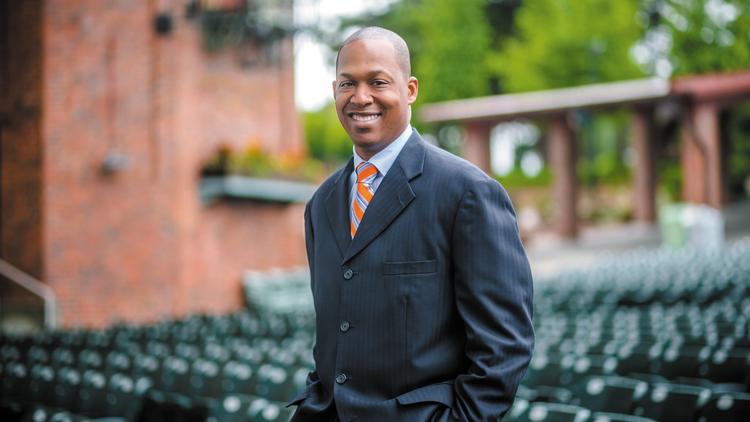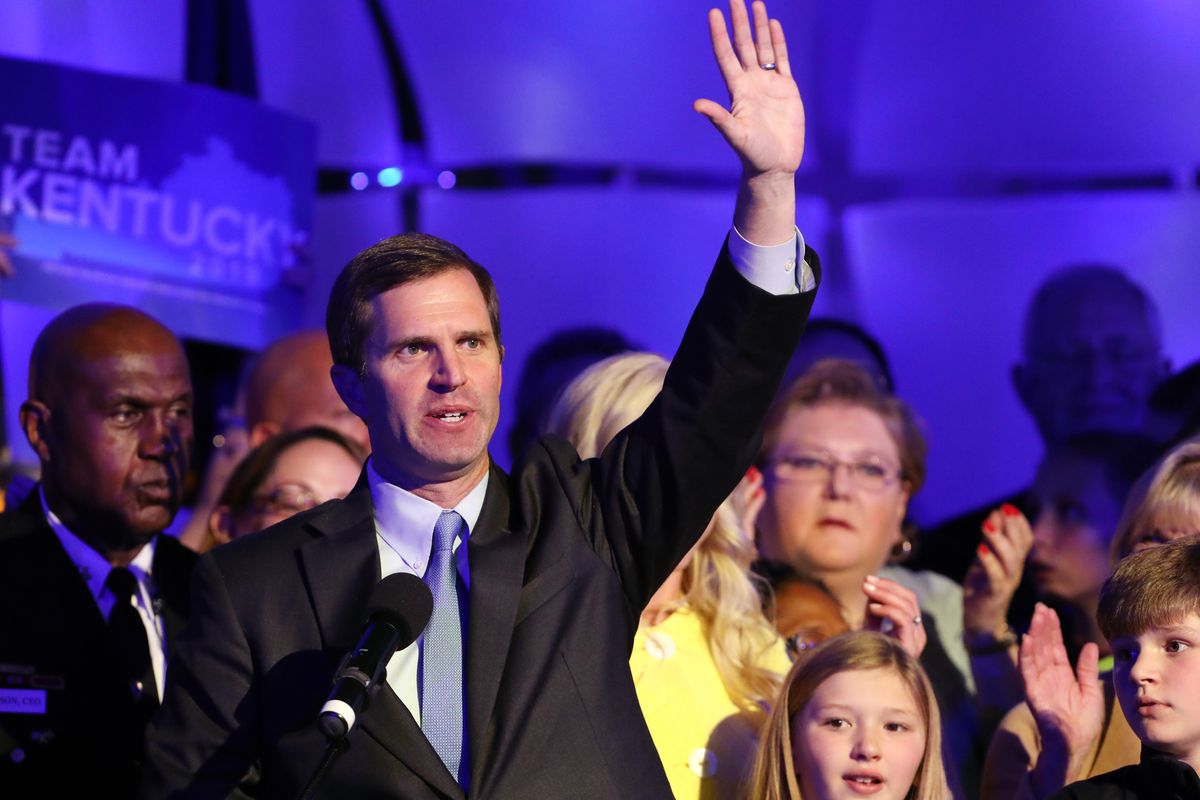
By Kevin Lockett @klock81
A Six-Part Op Ed Series on 250 Years of College and Professional Football
I am a former National Collegiate Athletic Association’s (NCAA) football student-athlete, a former professional football player, and currently work as a partner for a venture capital firm in the Midwest. Our firm consistently endeavors to find talented people with disruptive technologies or business models that have the potential to literally “blow up” outdated, exclusive and powerful business models.
In venture capital—disruption is the name of the game—and innovation is critical to progress as living standards advance. Football, America’s current pastime, seems to be averse to disruption—especially as it relates to athlete welfare.
In Part I of this series, Spencer Tillman shed light on the disruption of the NFL around social justice that involved Jay Z, Kaepernick and the NFL. In Part II, I want to focus on the needed disruption of the NCAA business model and why student-athletes should be compensated.
Combined college and professional football have been in business for 250 years. As a former contributor to football’s bottom line, I ponder whether incremental change is the answer.
The NCAA has long argued that the value of a scholarship, books, and housing are enough compensation for a student-athlete. Maybe that was true back in the day before the NCAA became a multi-billion dollar business. But times have changed and the NCAA (a collection of over 900 member institutions and approximately 7o multi-million-dollar corporations hiding under the veil of not-for-profit) is making money hand over fist (e.g. television revenue, sponsorships, likeness promotions, ticket sales, jersey sales, etc.). The NCAA reported $1.1 billion in revenues for the most recent fiscal year.
Why is it that everyone but the athlete (i.e. the primary mean of production) reaps the lion’s share of the benefits?
Head coaches, athletics directors, and assistant coaches are also benefiting—sitting at the top of the food chain lapping the average American family with enormous salaries. To make matters worse, every other student on campus, even those students on academic scholarships, are allowed to earn money while attending college. But college athletes cannot. There is something fundamentally unfair about that!
Often, when a company or organization maintains economic and social power for a long period of time, rules that were put in place early in the life cycle of the organization do not remain relevant in a constantly changing environment. Sadly, although these rules become stale and out of date, they remain in place and in force until they are challenged.
For the NCAA, that challenge has been under way since earlier this decade when former UCLA basketball star Ed O’Bannon unsuccessfully sued the NCAA, to get the right for athletes to profit from their names, images and likenesses (NILs).
Fortunately, the state of California, through its legislature and Governor, rectified matters in September 2019 by allowing athletes attending California schools to profit from their NILs beginning in January 2023. That disruption forced the NCAA’s hand resulting in the aforementioned announced to allow student-athletes to earn from their name, likeness and image hopefully sooner than later.
The NCAA will continue to argue for its amateur model and use its power to stall the inevitable. Head coaches will continue to gain wealth and higher education will continue to build more buildings by exploiting college football and basketball athletes. Pay close attention to the public dialogue and NCAA messaging moving forward.
Ask yourself why it could take up to 14 months to enact change? It didn’t take Florida State University 14 months to fire its head football coach in the middle of the season. They found 20 million in the blink of an eye and bought him out.
But I’m encouraged by the initial steps of name, likeness and image for college athletes. Disruption appears to have finally arrived in the business of sports.
And, if you are wondering why this NCAA disruption issue is generating so much support for the student-athlete, it’s simple. Our society has always thrived on the idea of the underdog going toe to toe with the “top dog”.
From David and Goliath; to Joe Namath and the 1968-69 Jets knocking off the Baltimore Colts in Super Bowl III; to the 1980 miracle on ice; to the 1991 Duke upset over the Runnin’ Rebels–sports has always provided the platform for the ultimate upset.
Who knows how this process will end? I believe we are all witnessing the first quarter of another potential great upset of our time. I believe two big winners will emerge from this disruptive movement: the college athlete that will now be fairly compensated and me.
I can now see a future where l will finally be able to sit on my couch with my kids and play the greatest video game ever created—EA Sports NCAA College Football—a game previously taken of the market because of the student-athlete name, image and likeness issue.
I’m excited about hitting the power button on my Xbox, selecting my college team, and calling the same plays that my old college coach called on Saturday. And when I am not beating my kids by 5 touchdowns in my new game, I will be sitting on my couch with a handful of popcorn, watching this epic battle of the NCAA vs the student-athlete play out!
Comment/Follow on social media @klock81










